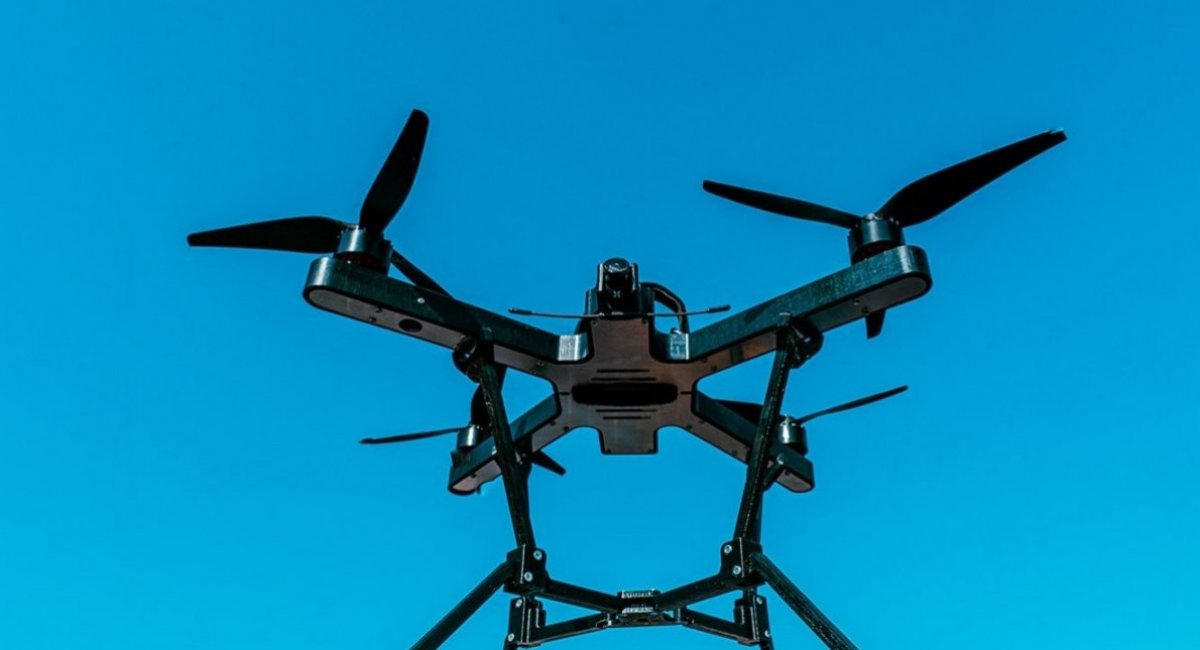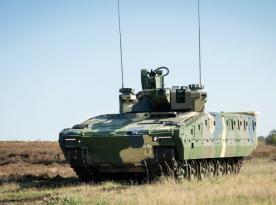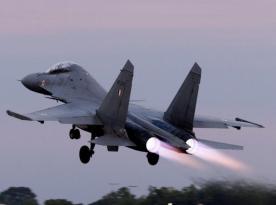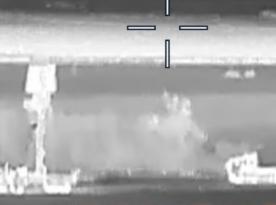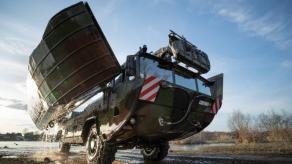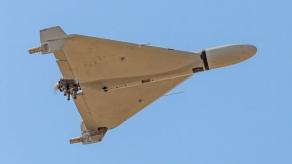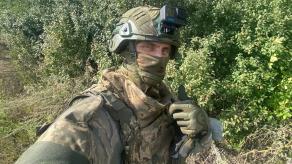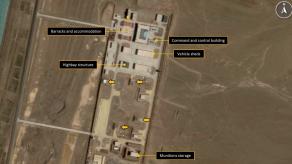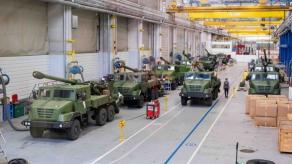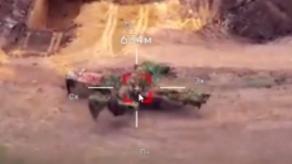Ukrainian drone production has grown by 900% over the past year. Airlogix, one of the nation's drone-making enterprises and part of the NAUDI defense-industrial association, states that monthly output of drones of all types has ramped up from 20,000 to 200,000 compared to summer 2024.
The company cites analytical institutions Atlantic Council and Georgetown Security Studies Review as saying that the development of drone construction has become one of Ukraine's key responses to the war of attrition that pioneers modern combat tactics and shapeshifts in real time based on feedback from the frontline.
Read more: Neros Supplies a Thousand FPV Drones to Ukraine Monthly, Wants to Make a Million Yearly
However, in order to secure the successes, turn them into a strategic advantage, and even become a major player in the defense market long-term, Georgetown analyst Mariam Halstian argues that now Ukraine needs to "enhance its contracting capabilities, ensure standardization of drones, and secure investments" in new technologies.
Particularly, the expert draws attention to the smaller number of patents for unmanned technologies filed in Ukraine compared to the russian federation and the rest of the world. They emphasize that protecting one's own innovations is an important step to stimulate further growth and further R&D efforts.
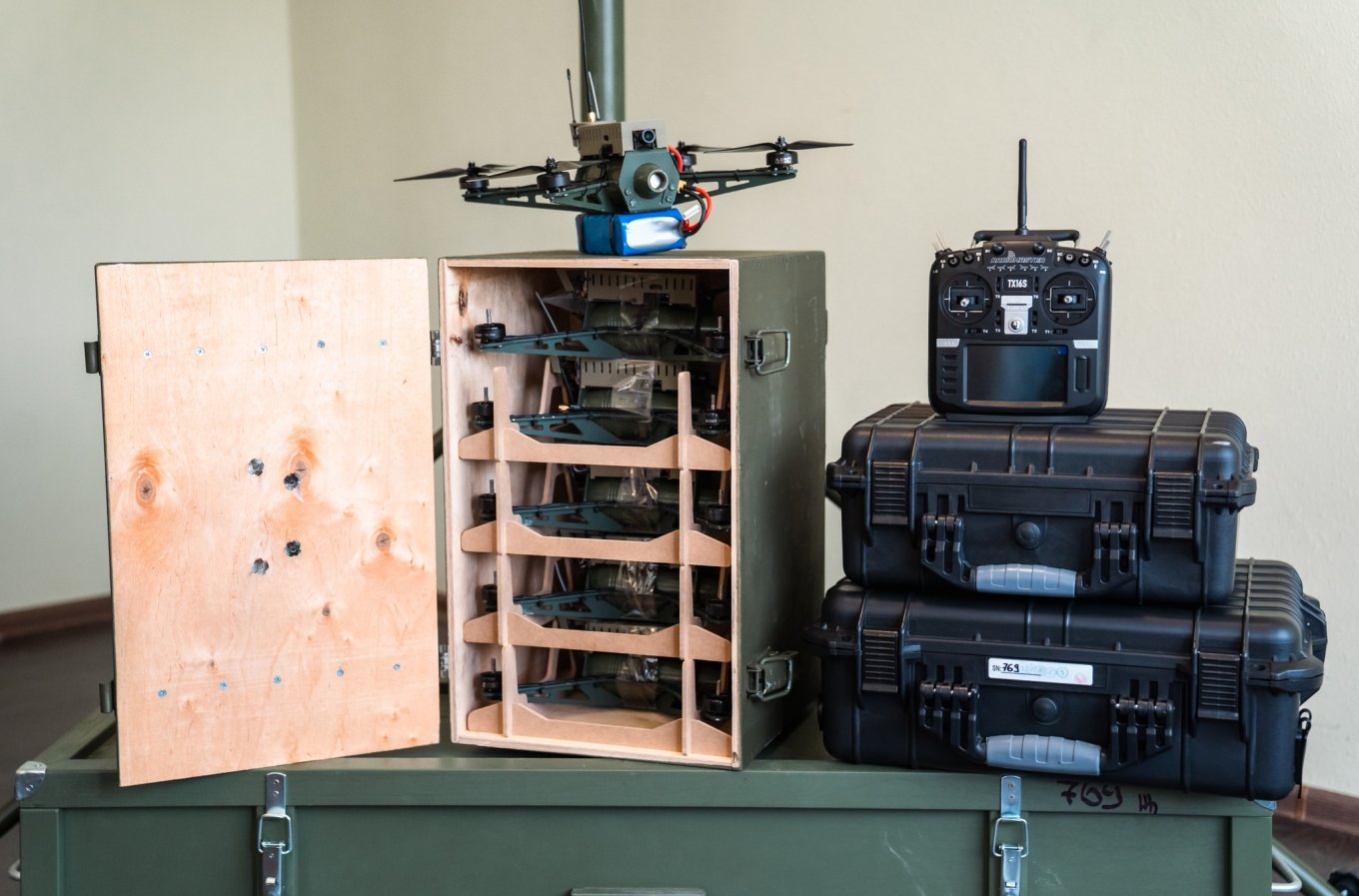
On a note from Defense Express, the data provided is for 2022–2023, when such development progressed far slower than these days, meaning the conclusions may not reflect the relevant realities. Plus, in general, it's not an entirely correct metric for assessing technological advancement in a country that is at war. Still, the importance of protecting intellectual property should never be underestimated.
The article also points out the importance of long-term contracts for the defense industry that allow enterprises to make better decisions on hiring personnel, organizing production chains and further investments. Worth noting, companies of Ukrainian defense industry have been pressing the same issue for a long time.
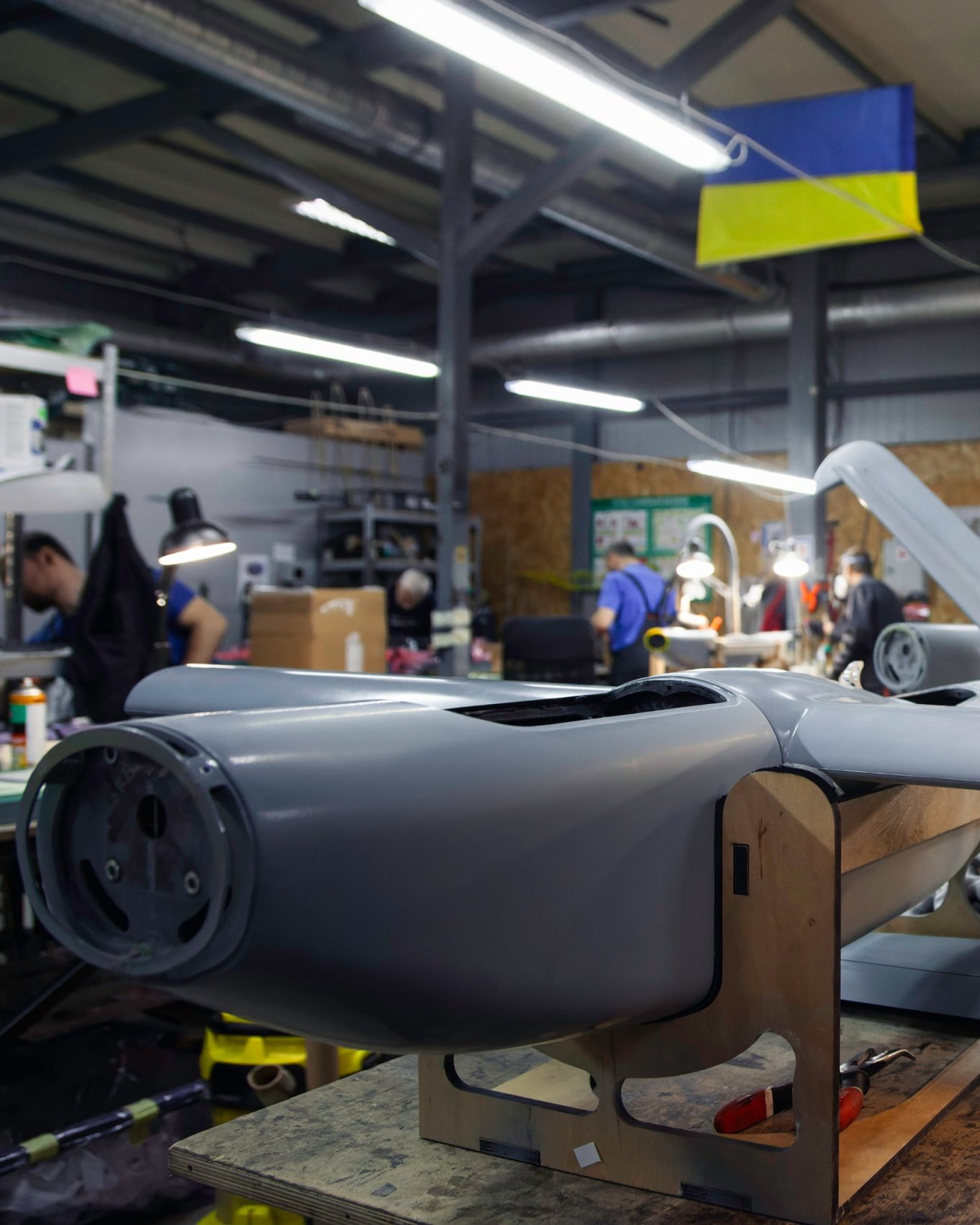
Another aspect to address is the lack of standardized quality benchmarks to reduce the chances of the army receiving problematic products. Though here Defense Express adds that the bigger issue is not to establish the requirements but to ensure compliance with them.
Overall, the analyst concludes that Ukraine needs to strike a balance between mass production and a focus on technology and specialized UAVs, such as fiber-optic and AI-guided drones. No less critical is to continue the development of domestic innovative infrastructure, such as the Brave1 state-run defense tech cluster, and attracting funding from abroad.
Read more: Germany’s Military Build-Up: 1,000 Leopard 2 Tanks and 2,500 Boxer APCs for NATO Defense




